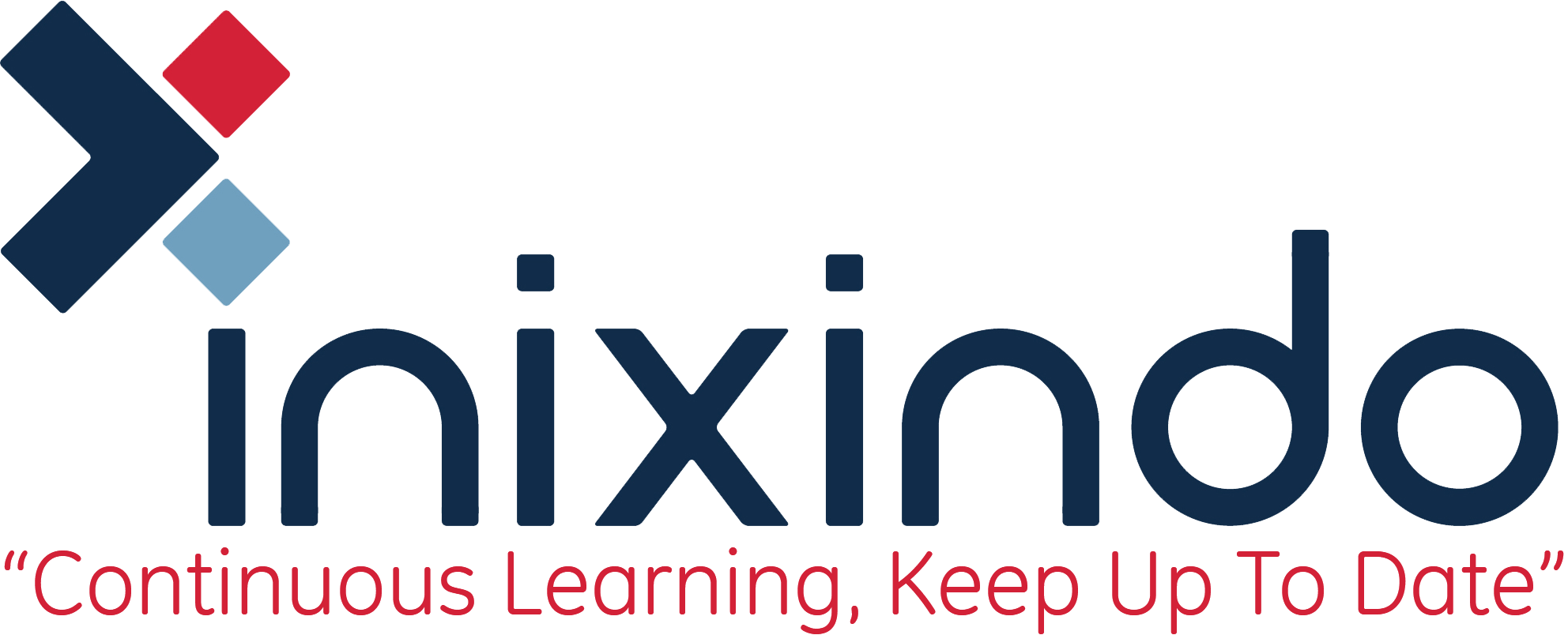Data Science for Marketing Analytics covers every stage of data analytics, from working with a raw dataset to segmenting a population and modelling different parts of the population based on the segments. The course starts by teaching you how to use Python libraries, such as pandas and atplotlib, to read data from Python, manipulate it, and create plots, using both categorical and continuous variables. Then, you'll learn how to segment a population into groups and use different clustering techniques to evaluate customer segmentation. As you make your way through the chapters, you'll explore ways to evaluate and select the best segmentation approach, and go on to create a linear regression model on customer value data to predict lifetime value. In the concluding chapters, you'll gain an understanding of regression techniques and tools for evaluating regression models, and explore ways to predict customer choice using classification algorithms. Finally, you'll apply these techniques to create a churn model for modelling customer product choices. By the end of this course, you will be able to build your own marketing reporting and interactive dashboard solutions.
Duration: 3 Days
Data Science for Marketing Analytics is designed for developers and marketing analysts looking to use new, more sophisticated tools in their marketing analytics efforts. It'll help if you have prior experience of coding in Python and knowledge of high school level mathematics. Some experience with databases, Excel, statistics, or Tableau is useful but not necessary.
Data Preparation and Cleaning
• Data Models and Structured Data
• pandas
• Data Manipulation
Data Exploration and Visualization
• Identifying the Right Attributes
• Generating Targeted Insights
• Visualizing Data
Unsupervised Learning: Customer Segmentation
• Customer Segmentation Methods
• Similarity and Data Standardization
• k-means Clustering
Choosing the Best Segmentation Approach
• Choosing the Number of Clusters
• Different Methods of Clustering
• Evaluating Clustering
Predicting Customer Revenue Using Linear Regression
• Understanding Regression
• Feature Engineering for Regression
• Performing and Interpreting Linear Regression
Other Regression Techniques and Tools for Evaluation
• Evaluating the Accuracy of a Regression Model
• Using Regularization for Feature Selection
• Tree-Based Regression Models
Supervised Learning: Predicting Customer Churn
• Classification Problems
• Understanding Logistic Regression
• Creating a Data Science Pipeline
Fine-Tuning Classification Algorithms
• Support Vector Machine
• Decision Trees
• Random Forest
• Pre-processing Data for Machine Learning Models
• Model Evaluation
• Performance Metrics
Modelling Customer Choice
• Understanding Multiclass Classification
• Class Imbalanced Data

